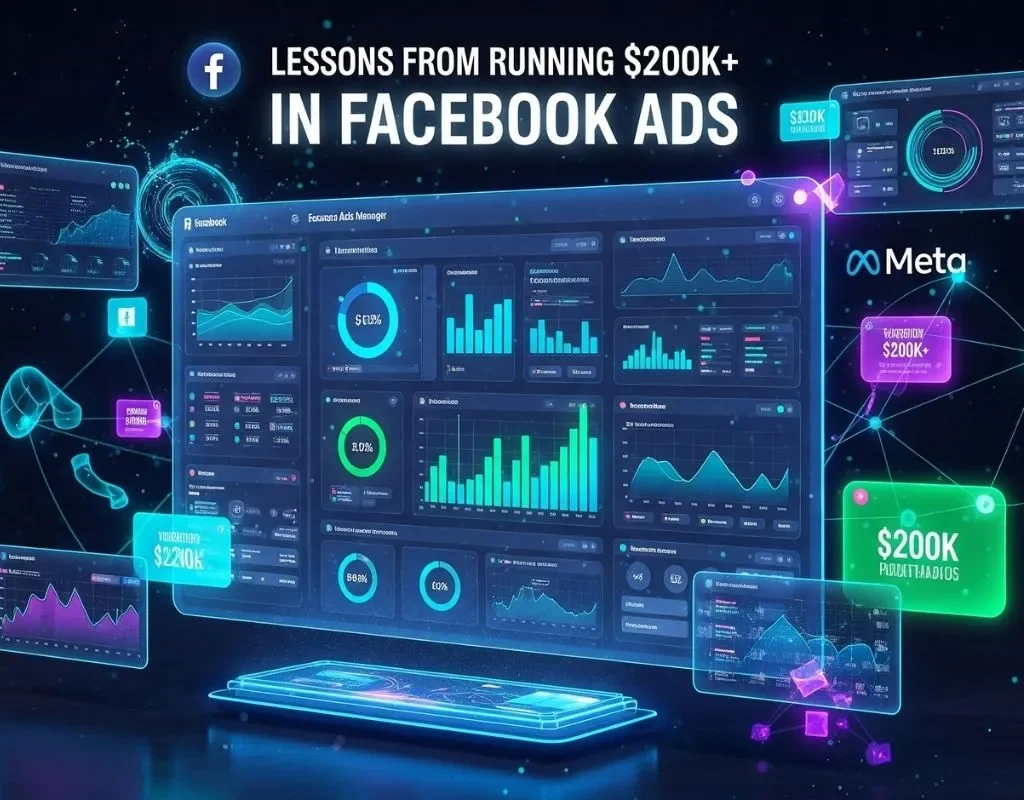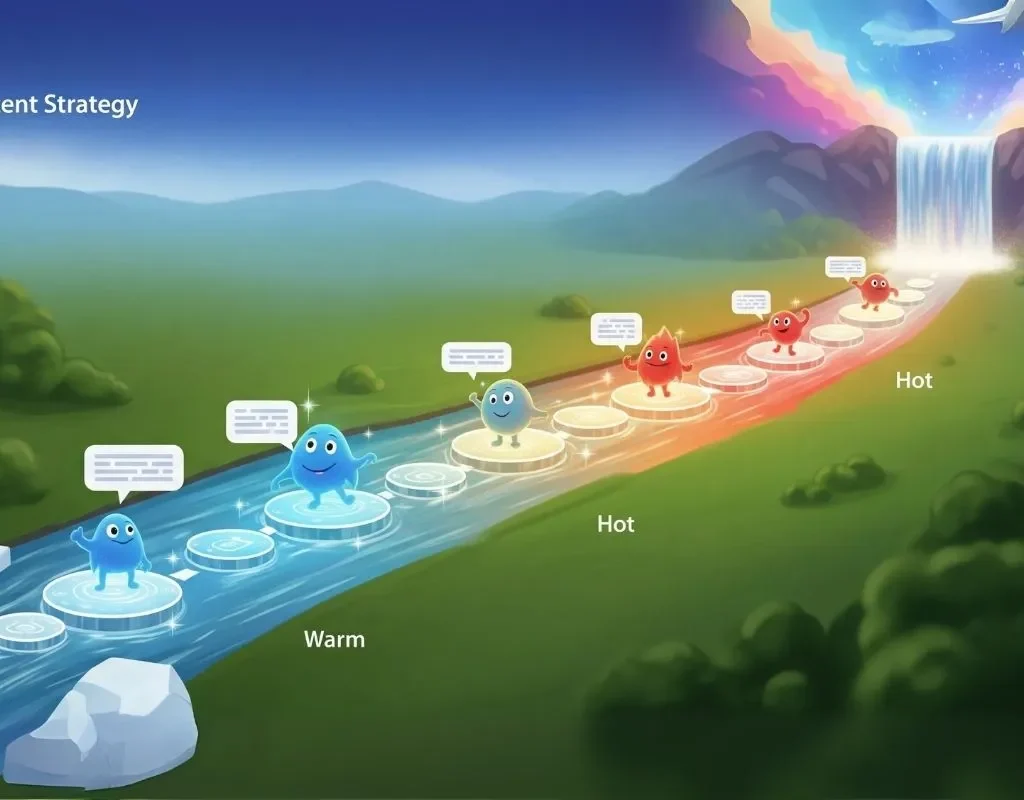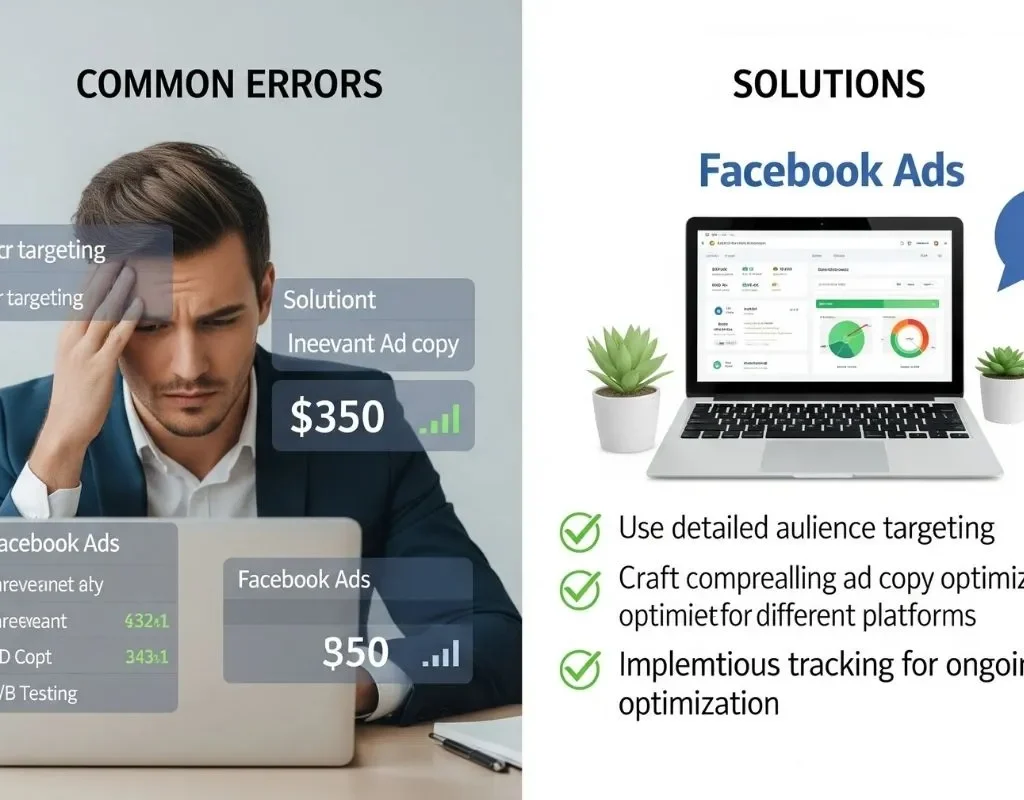How to Build a High-Converting Funnel with Meta Ads in 2025
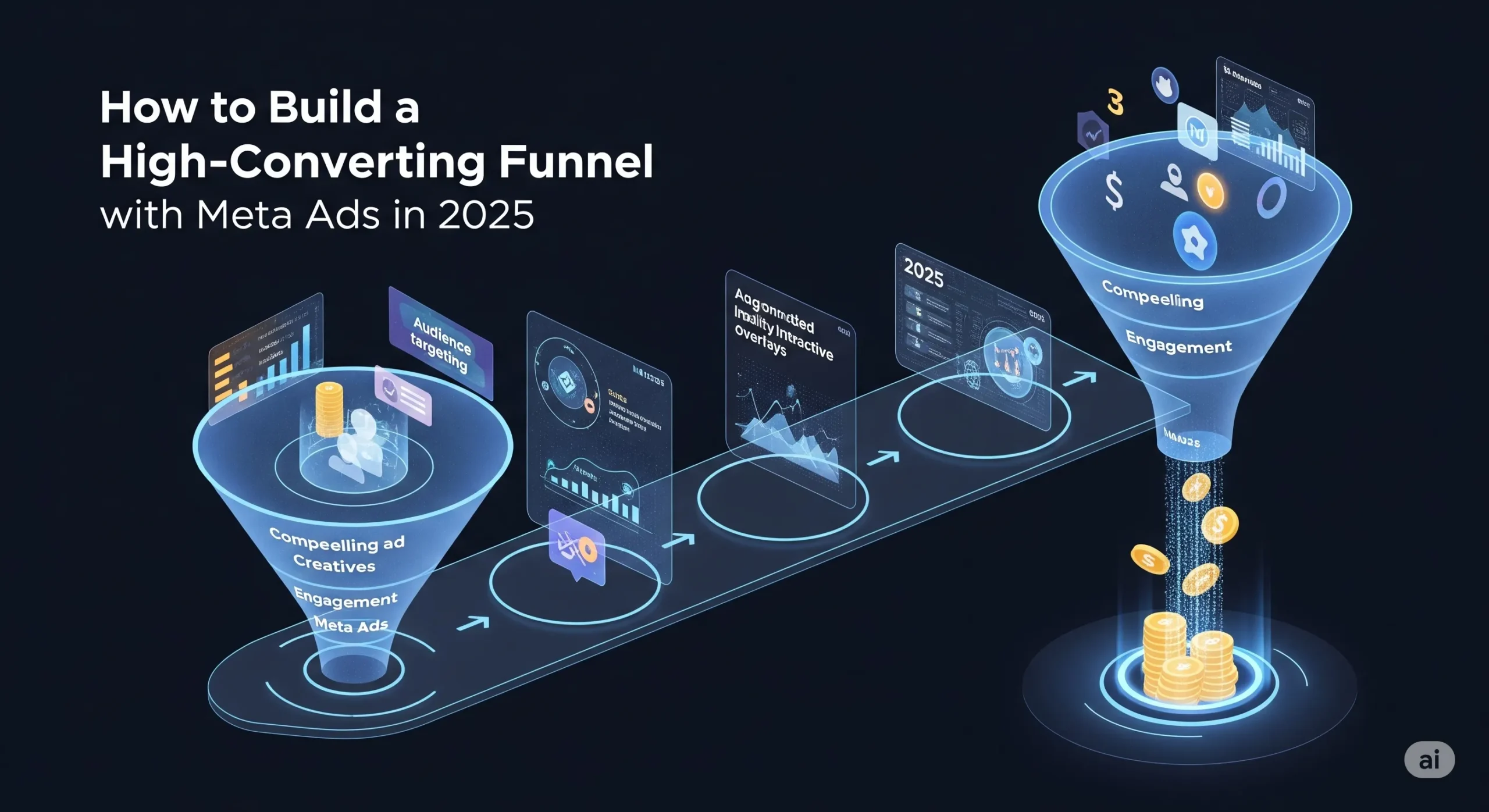
Meta Ads in 2025 are not just about targeting and boosting posts. They’re about building trust, guiding attention, and creating seamless journeys—from strangers to loyal buyers. Whether you sell services or digital products, the funnel below can work like a machine if done right.
Let’s break it down, step by step.
The Funnel That Works (For Almost Any Business)
Your funnel should feel natural—not forced. The good news? It only takes three simple stages.
1. Awareness (Top of Funnel - TOF)
This is where you grab attention and plant the seed.
Your goal: Introduce your offer without asking for anything.
Audience: Cold audience (interests, lookalikes, or broad targeting).
What to run:
Short-form videos (15–30 sec), UGC style works great.
Problem-focused reels or carousels.
Story-based creative works well here.
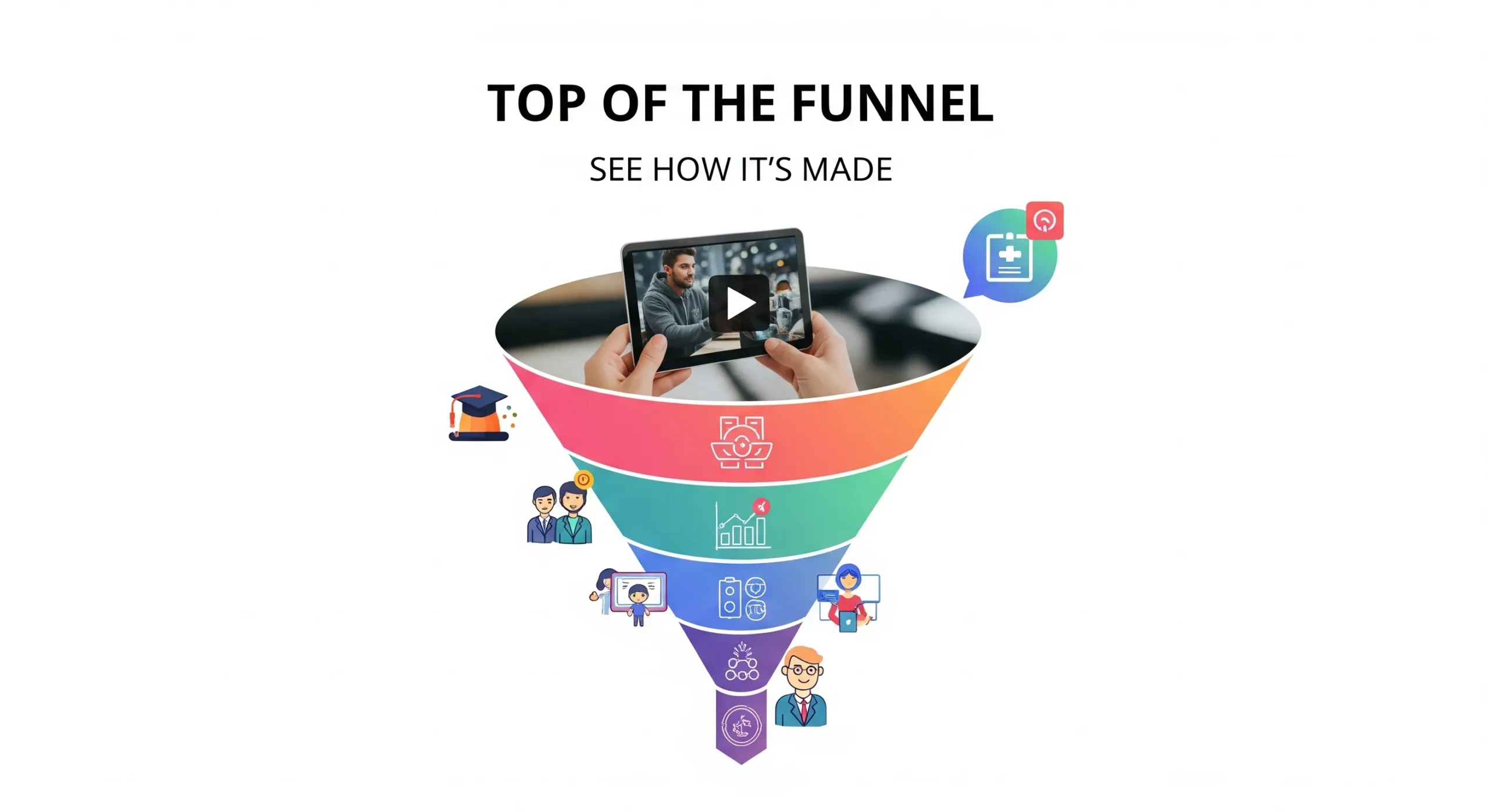
Metrics to track: CPM, video views, CTR (link click), thumb stop rate.
2. Consideration (Middle of Funnel - MOF)
They’ve seen you. Now, help them trust you.
Your goal: Warm them up and build authority.
Audience: People who watched 50–75% of TOF video, visited profile/page, or engaged with ads.
What to run:
Testimonials or results-focused content.
Comparison posts (before vs after, product vs competitor).
Explainer video or carousel.
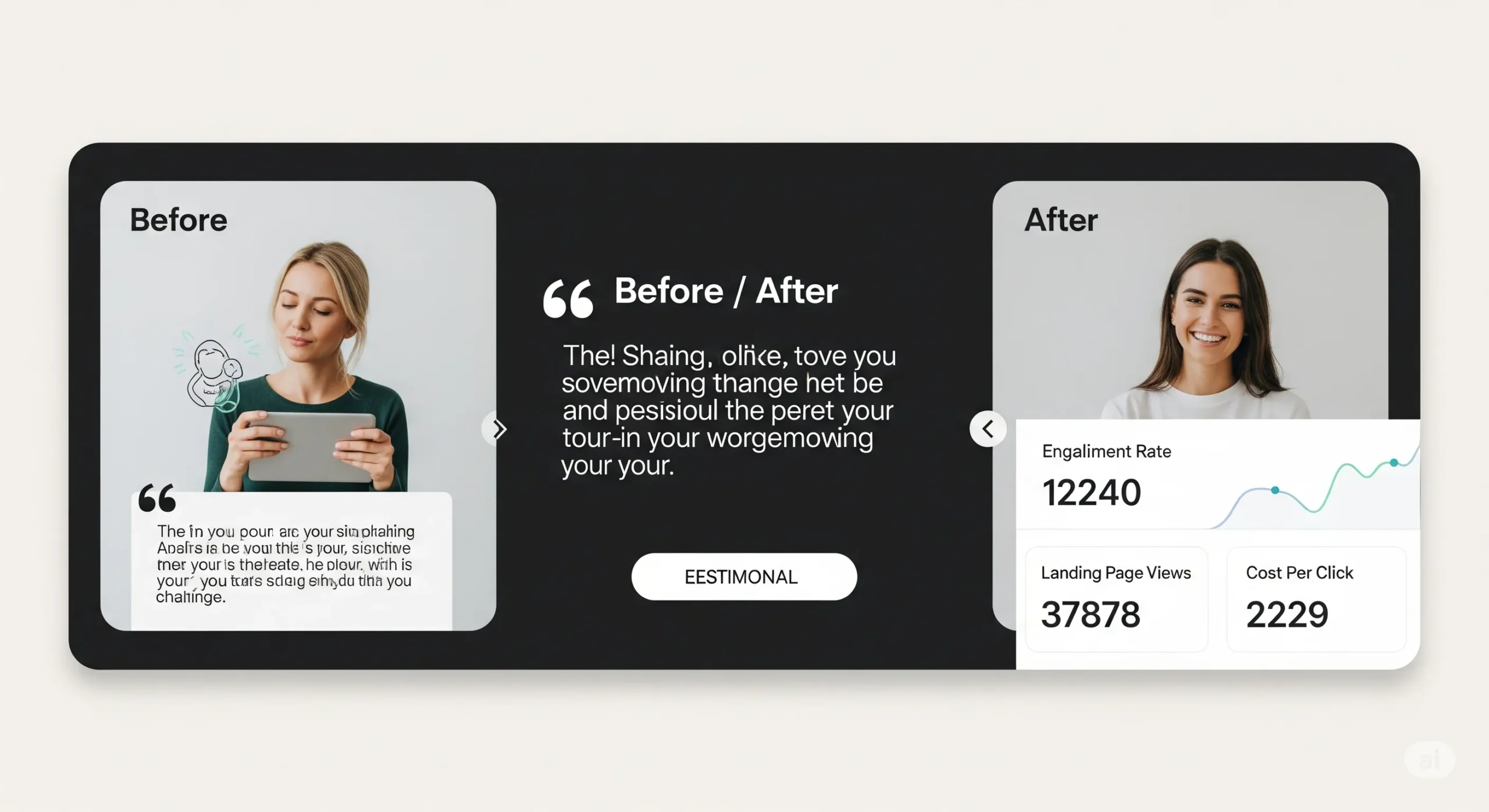
Metrics to track: Engagement rate, landing page views, cost per click.
3. Conversion (Bottom of Funnel - BOF)
Time to convert warm leads into customers.
Your goal: Push decision.
Audience: Warm audience + email subscribers + website visitors.
What to run:
Offer-based ad (discount, free consult, downloadable).
Retargeting ad with urgency (limited time, few slots left).
Video testimonial or quick demo with CTA.
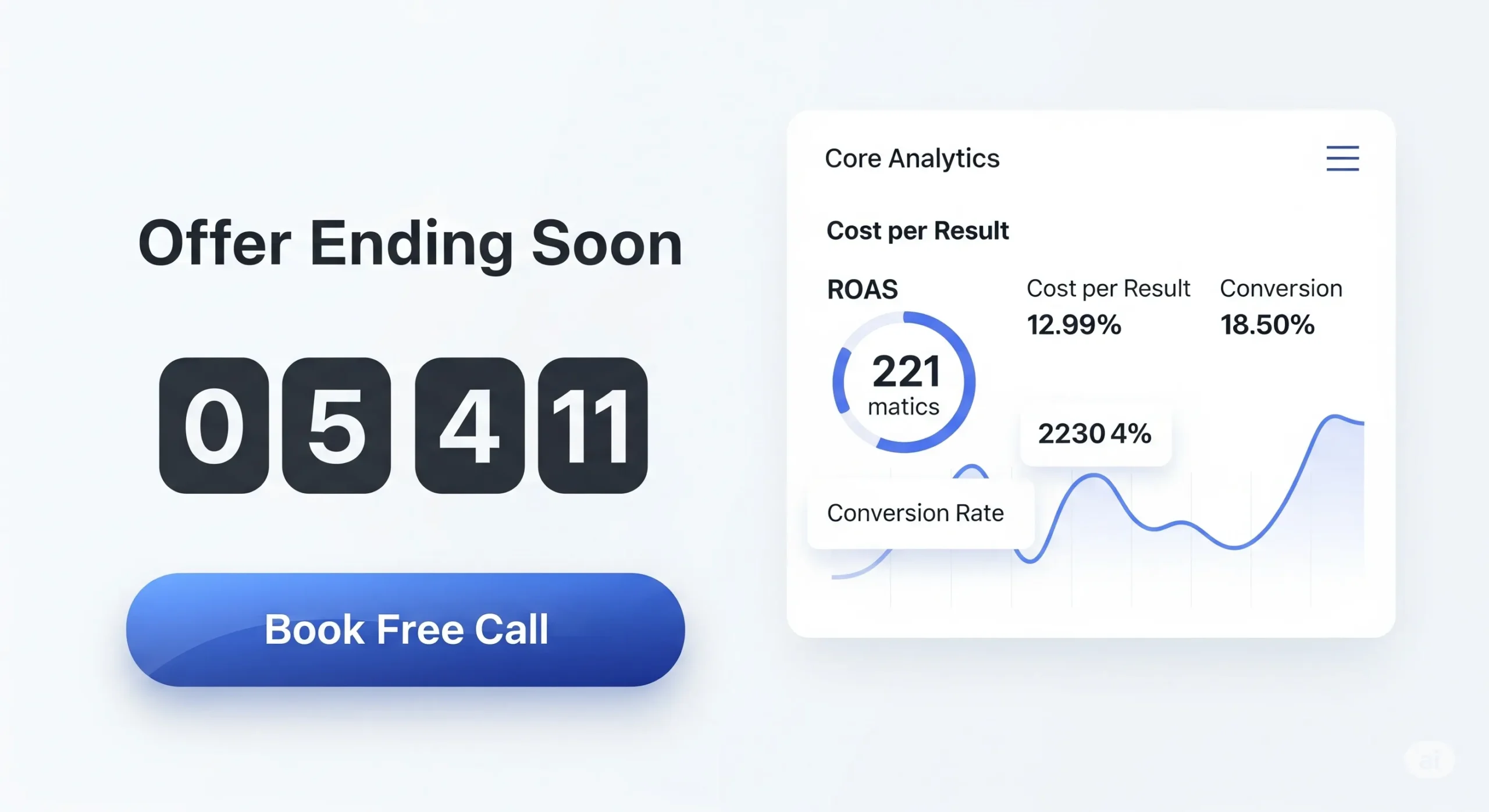
Metrics to track: Cost per result, ROAS, conversion rate.
What Makes This Funnel Work in 2025?
Because Meta’s algorithm is smarter—but people’s attention span is shorter. You need three things:
1. Strong Hooks at Every Stage
Your first 3 seconds = survival or scroll.
Start with something like:
“Sick of wasting hours on [pain point]?”
“Here’s how we cut [X problem] in half with no tech skills.”
2. Visual Consistency
Use similar color palettes, fonts, and faces in all stages. This builds subconscious trust.
3. Clear CTA (Call to Action)
Every ad should end with a no-brainer action. Examples:
“Watch the full story”
“Download your free guide”
“Book your free consult”
“Buy now for 20% off”
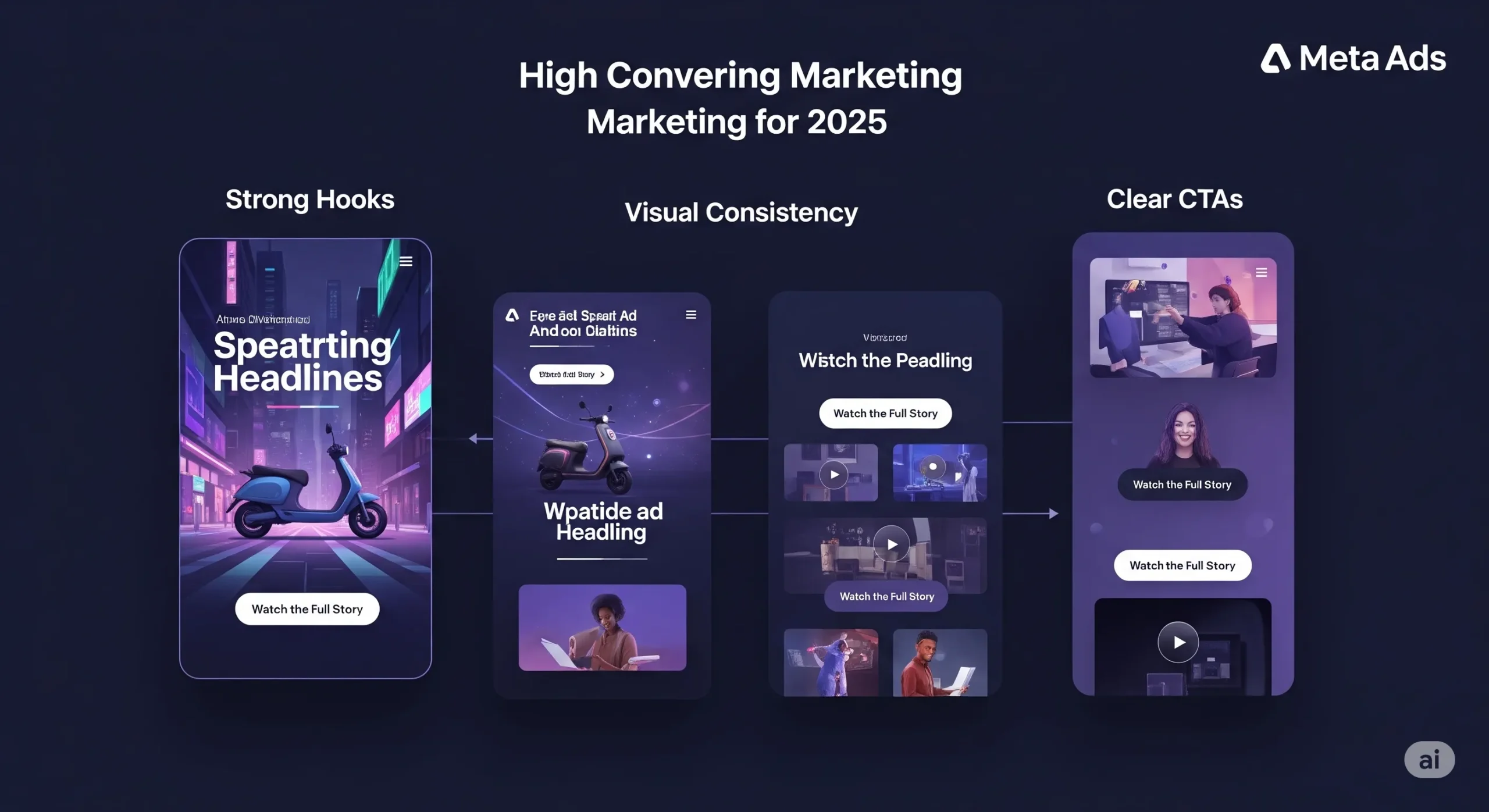
Bonus: Funnel Tools That Help
If you are serious about scaling:
Zapier + Google Sheets → For lead automation
Meta Events Manager → For tracking funnel stages
Canva → To create ads that match brand design
Notion or Trello → To track funnel progress
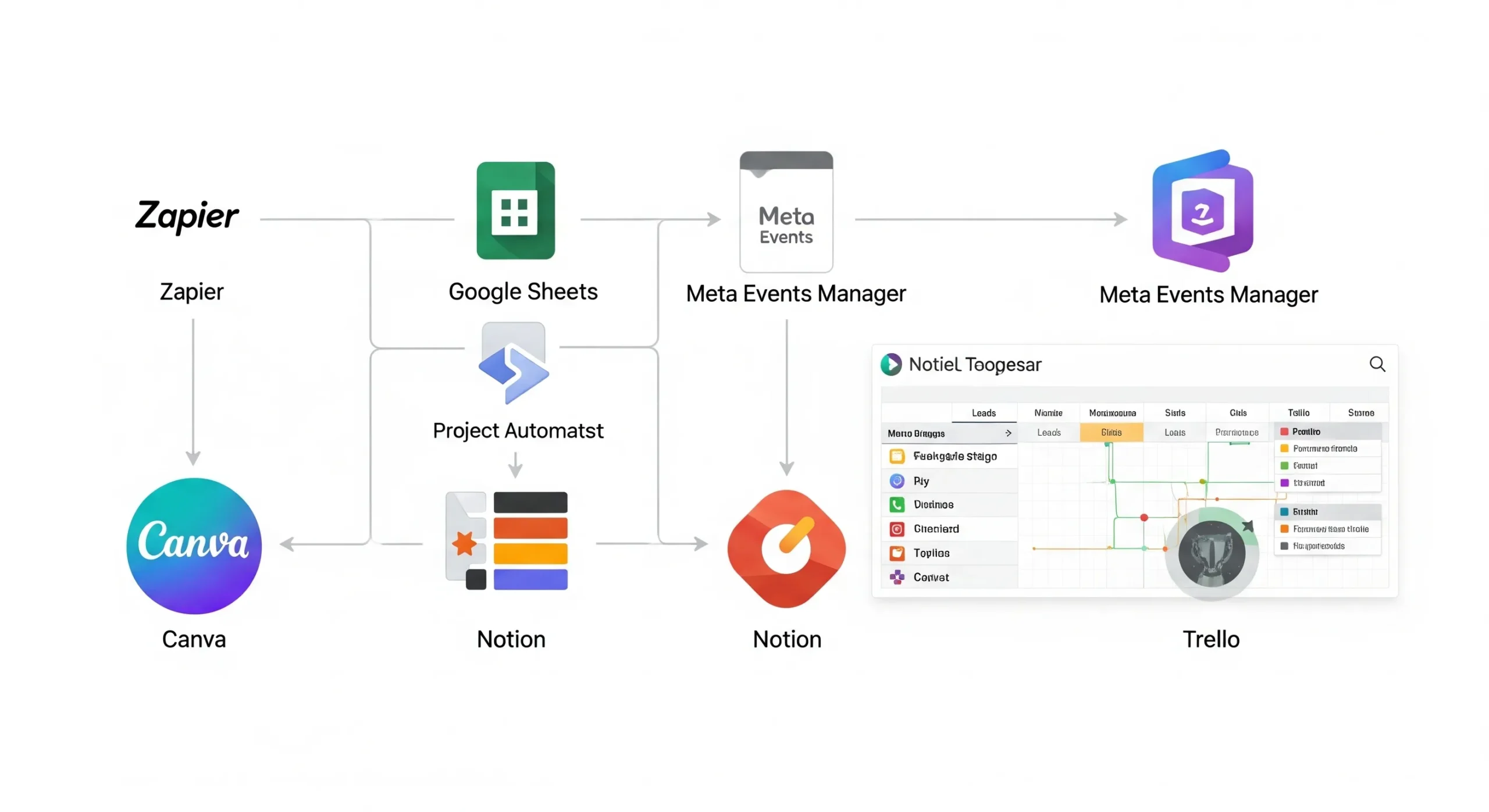
How to Test and Optimize
Don’t launch one version and wait. Keep testing.
TOF: Try 3–4 hooks, visuals, and formats.
MOF: Test different testimonials or objection-handling creatives.
BOF: Run A/B tests on CTA buttons and offers.
Keep what performs. Kill what doesn’t.
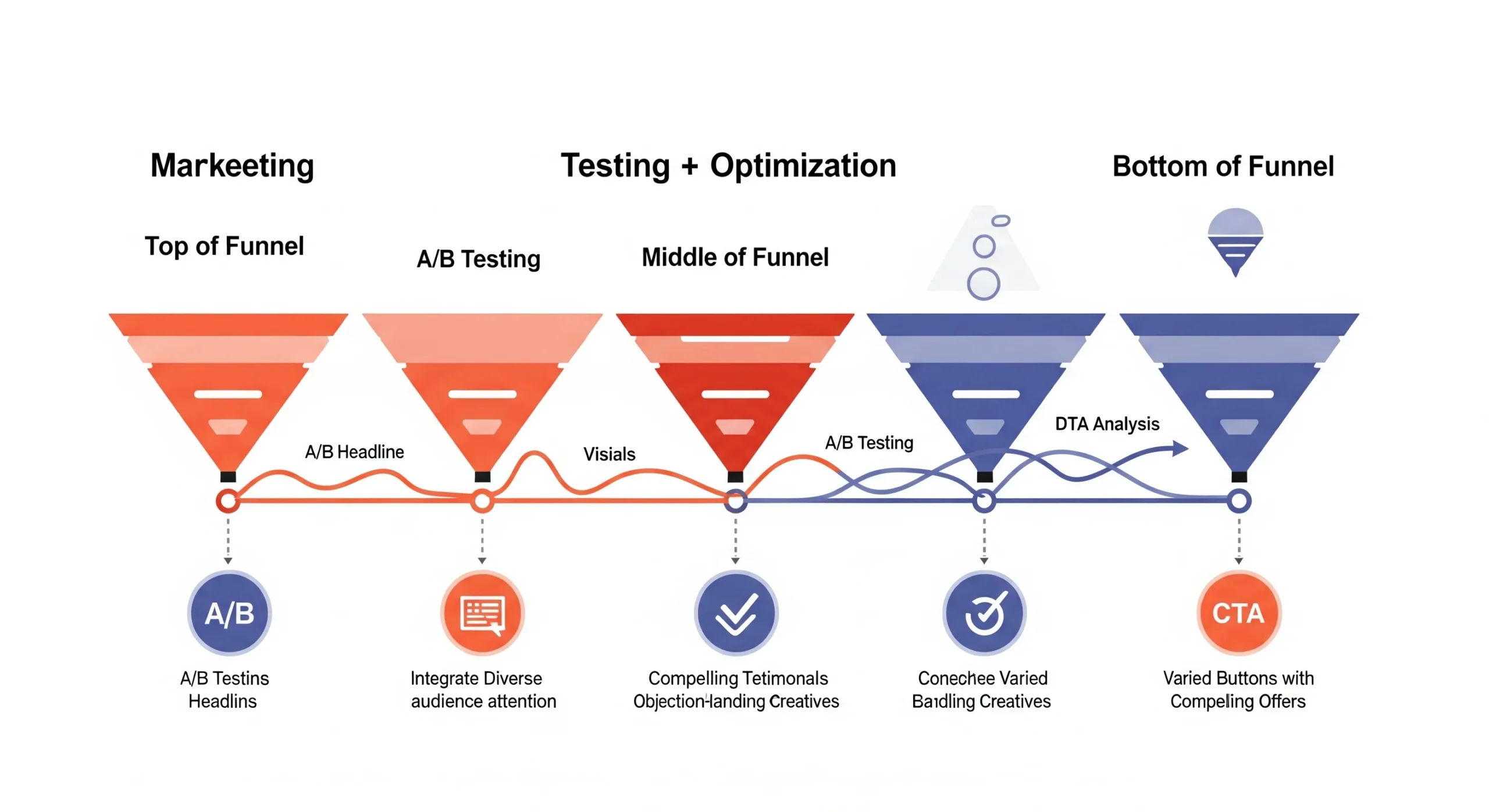
Final Words
You do not need a fancy tech stack or huge budget to build a powerful Meta Ads funnel in 2025. What you do need: clear storytelling, smart retargeting, and a bit of patience.
If you’re a service provider, coach, or digital product seller, this funnel can work wonders.
Take action, track data, and improve fast.
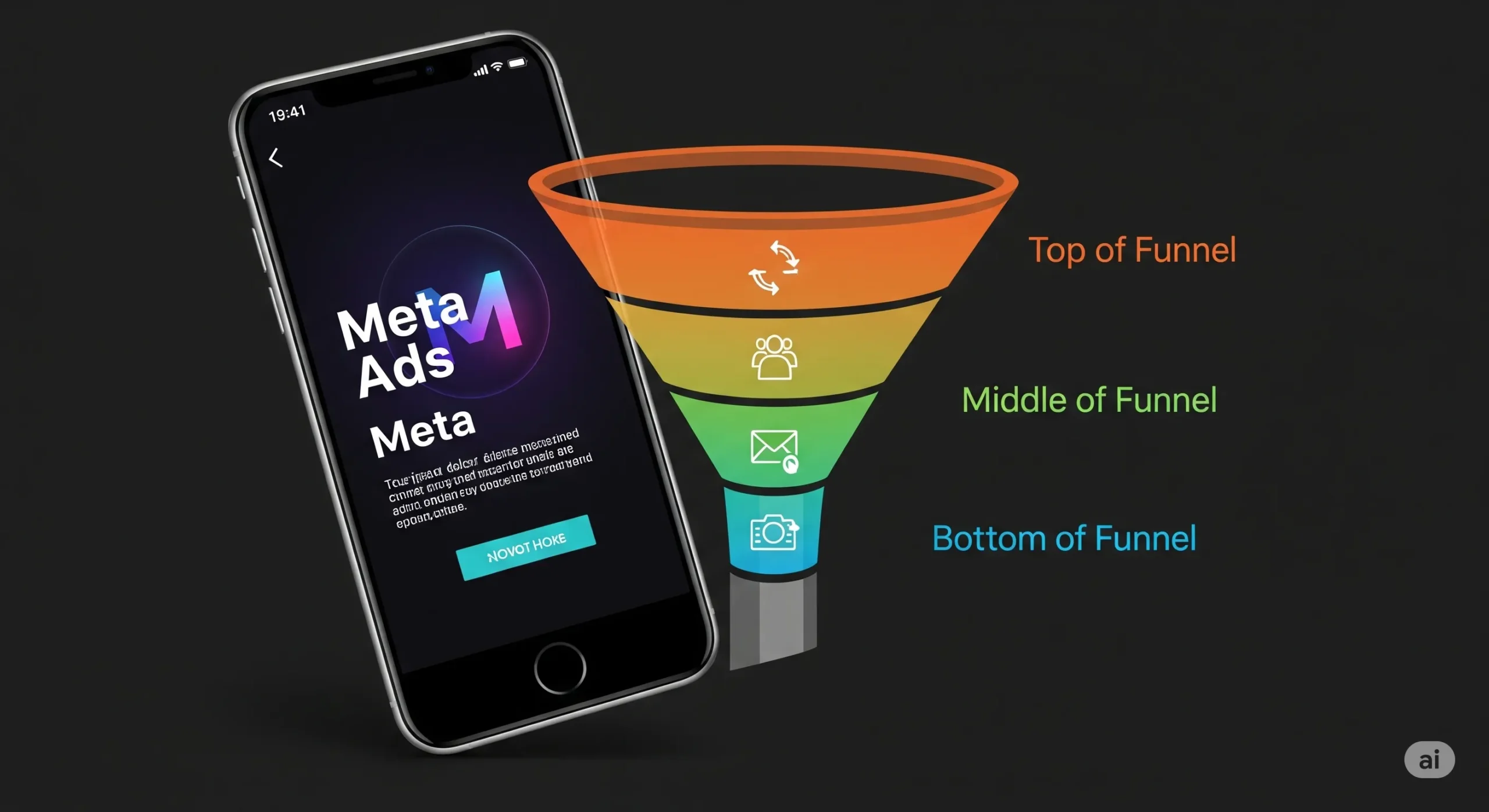
Here are real, in-depth case studies showing exactly how I transformed struggling or brand-new businesses into profitable ones using strategic Meta Ads. From targeting to creative to scaling, every step is broken down for you to learn from or replicate.
Subscribe to Newsletter "Manzil Ki Taraf"
Subscribe to my newsletter to receive updates about new articles, guides, business strategies, personal growth, Meta ads & digital marketing.
Thank you!
You have successfully joined my subscriber list.
Want results?
Book a free consultation for your business today.
